Kidde i12010S User Manual
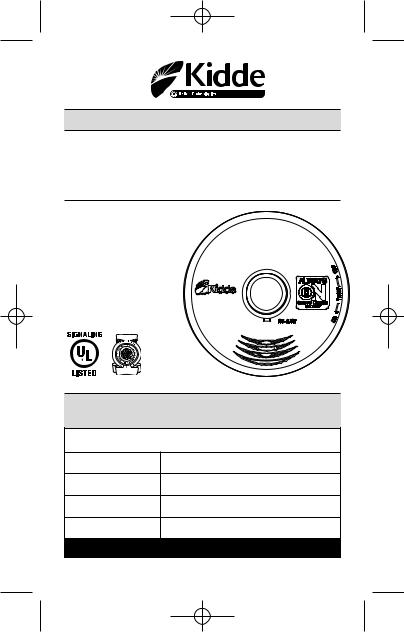
1210-7201-01(i12010S)_V3.qxd:_ 2014.2.20 3:19 PM Page
User Guide for Model i12010S
Ionization
Smoke Alarm
•120V AC
•Sealed 3V Lithium Battery Backup
• 2-LED Display
• Test/Hush® button
10 YEAR SMOKE ALARM
GREEN-
STANDBY
For questions concerning your Smoke Alarm, please call our Product Support Line at 1-800-880-6788.
For your convenience, write down the following information. If you call our Product Support Line, these are the first questions you will be asked:
Alarm Model Number
(located on back of the alarm):
Date of Manufacture
(located on back of the alarm):
Date of Purchase:
Where Purchased:
READ AND SAVE THIS USER GUIDE
P/N 1210-7201-01 REV.A EN
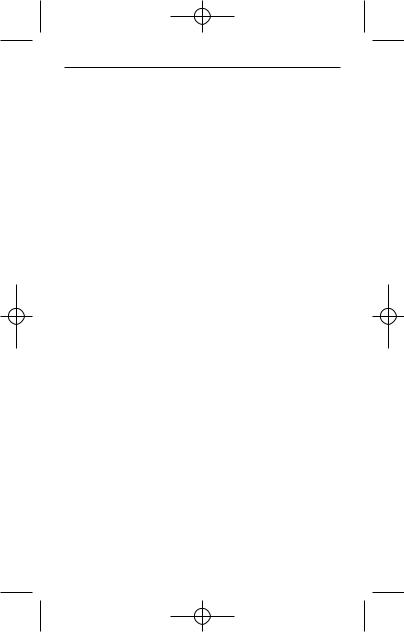
1210-7201-01(i12010S)_V3.qxd:_ 2014.2.20 3:19 PM Page
Table of Contents
Introduction . . . . . . . . . . . . . . . . . . . . . . . . . . . . Page 1 Product View . . . . . . . . . . . . . . . . . . . . . . . . . . . Pages 2-3 Features . . . . . . . . . . . . . . . . . . . . . . . . . . . . . . . . Pages 4-6
Installation Instructions
Step 1: Installation Instructions:
A. Recommended Installation Locations . . Pages 7 B. Where Not to Install . . . . . . . . . . . . . . . Page 8
Step 2: Wiring Instructions . . . . . . . . . . . . . . . . Page 9-11 Step 3: Mounting Instructions.. . . . . . . . . . . . . . Page 11-12 Step 4: Testing the Alarm. . . . . . . . . . . . . . . . . . Page 12
Operating Instructions
Interconnect Feature . . . . . . . . . . . . . . . . . . . . . Page 12 Smoke HUSH Control Feature . . . . . . . . . . . . . . Page 13 LED Indicator Operation. . . . . . . . . . . . . . . . . . . Page 14 Tamper Resist Feature . . . . . . . . . . . . . . . . . . . . Page 15
What to do if the Alarm Sounds . . . . . . . . . . . . Page 16 Alarm Removal/Battery Information . . . . . . . . Pages 17
End of Product Life Notification . . . . . . . . . . . . . Page 17 DEACTIVATION OF ALARM . . . . . . . . . . . . . . . . . Page 18
General Alarm Maintenance . . . . . . . . . . . . . . . Pages 19
Fire Safety Information
Escape Plan . . . . . . . . . . . . . . . . . . . . . . . . . . . . Page 20 Fire Prevention . . . . . . . . . . . . . . . . . . . . . . . . . . Page 20
Industry Safety Standards
National Fire Protection Association . . . . . . . . . Page 21 California State Fire Marshall . . . . . . . . . . . . . . . Page 21 NRC . . . . . . . . . . . . . . . . . . . . . . . . . . . . . . . . . Page 22
FCC . . . . . . . . . . . . . . . . . . . . . . . . . . . . . . . . . Page 22
Limited Warranty and Service Information. . . . Pages 23-24
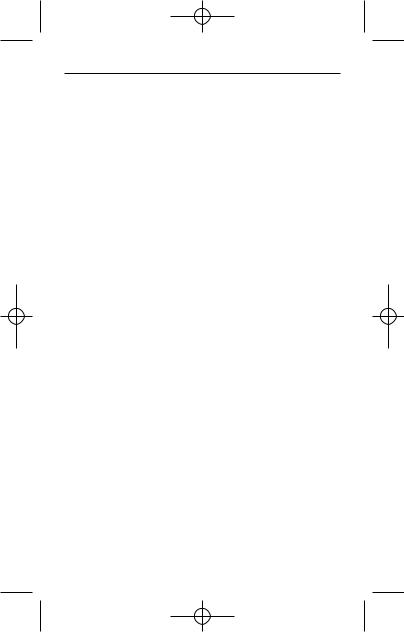
1210-7201-01(i12010S)_V3.qxd:_ 2014.2.20 3:19 PM Page
Introduction
Thank you for purchasing the Kidde Smoke Alarm model
# i12010S. This alarm is suitable as a Single Station and/or Multiple Station (24 devices) alarm. This alarm has a ten-year limited warranty. Please take a few minutes to thoroughly read this user guide, and save for future reference. Teach children how to respond to the alarms, and that they should never play with the unit. Your Kidde Smoke Alarm was designed to detect both smoke from any source of combustion in a residential environment. It is not designed for use in a recreational vehicle (RV) or boat. If you have any questions about the operation or installation of your alarm, please call our toll free Product Support Line at 1-800-880-6788. The guide on Page 21 will help you determine the correct location of safety products that will help keep your home a safer place.
1
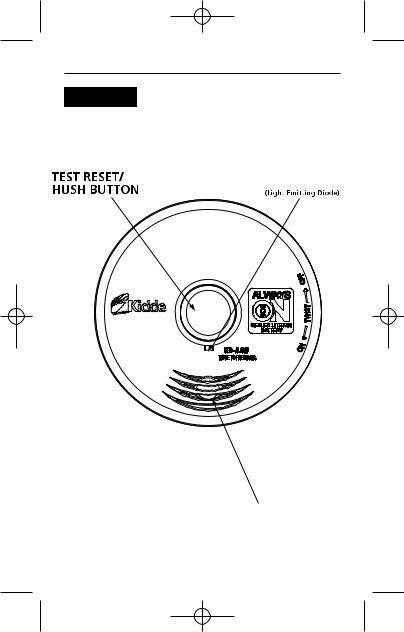
1210-7201-01(i12010S)_V3.qxd:_ 2014.2.20 3:19 PM Page
Product View
FRONT
RED AND GREEN LED
10 YEAR SMOKE ALARM
GREEN-
STANDBY
ALARM SOUNDER
2
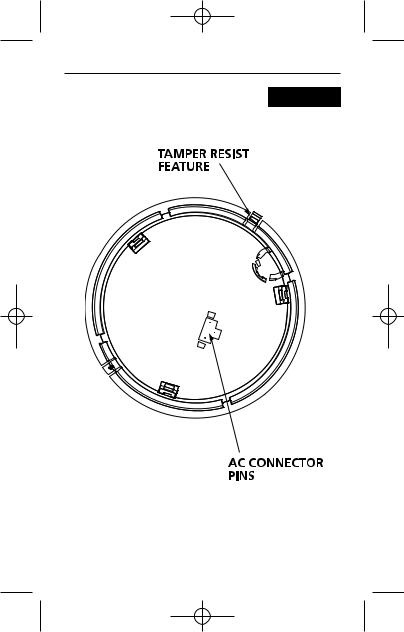
1210-7201-01(i12010S)_V3.qxd:_ 2014.2.20 3:19 PM Page
Product View
BACK
3
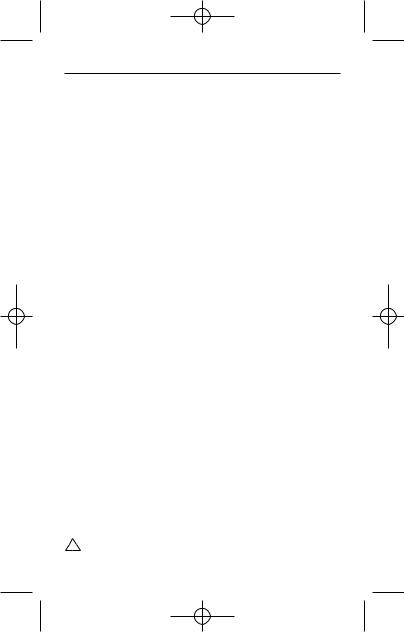
1210-7201-01(i12010S)_V3.qxd:_ 2014.2.20 3:19 PM Page
Features
•Loud 85 decibel alarm.
•Ionization smoke sensor.
•Powered by 120V AC (60 Hz, 45mA max) wire-in connector .
•Interconnectable to other Kidde/Nighthawk brand smoke and CO alarms (see page 15 for details).
SMOKE ALARM: The alarm pattern is three long alarm beeps, which will repeat until the smoke is eliminated. The red LED light will flash with the alarm beeps..
LOW BATTERY: If the battery is low, the red LED light will flash and the unit will “chirp” every 60 seconds, for a minimum of seven (7) days. This alarm contains a sealed 3V Lithium battery, which will last the life of the alarm. No need to replace batteries.
•The End of Product Life Alarm/Signal is a double chirp and flash every 30 seconds (see page 17).
•End of Life Hush. At end of product life, the button can be pushed to silence the end of life "chirp" for approximately 3 days at a time, for a maximum of 30 days life extension.
•One “chirp” every 30 seconds coupled with a green LED flash twice a second is an indication that the alarm is malfunctioning. If this occurs call the Product Support Line at 1-800-880-6788.
•Test/Reset button performs functions.(See page 14).
•HUSH Control Feature that silences the unit during nuisance alarm situations (see page 15).
•Alarm Memory Feature that gives visual indication when an alarm has sensed a hazardous condition(see page 16).
•Green and red LED lights that indicate normal operation and alarm status (see page 17 for details).
The smoke alarm monitors the air for products of combustion that are produced when something is burning or smoldering. When smoke particles in the smoke sensor reach a specified concentration, the alarm warning system will sound, and be accompanied by the flashing red LED light.
!WARNING: PLEASE READ CAREFULLY AND THOROUGHLY
4
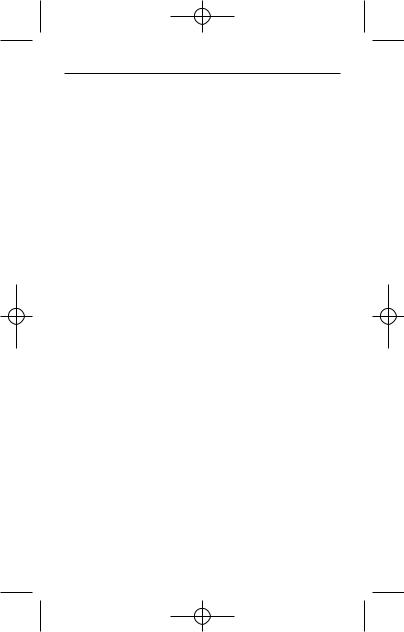
1210-7201-01(i12010S)_V3.qxd:_ 2014.2.20 3:19 PM Page
Features and General Information
NFPA 72 states: Life safety from fire in residential occupancies is based primarily on early notification to occupants of the need to escape, followed by the appropriate egress actions by those occupants. Fire warning systems for dwelling units are capable of protecting about half of the occupants in potentially fatal fires. Victims are often intimate with the fire, too old or young, or physically or mentally impaired such that they cannot escape even when warned early enough that escape should be possible. For these people, other strategies such as protection-in-place or assisted escape or rescue are necessary.
•Smoke alarms are devices that can provide early warning of possible fires at a reasonable cost; however, alarms have sensing limitations. Ionization sensing alarms may detect invisible fire particles (associated with fast flaming fires) sooner than photoelectric alarms. Photoelectric sensing alarms may detect visible fire particles (associated with slow smoldering fires) sooner than ionization alarms. Home fires develop in different ways and are often unpredictable. For maximum protection, Kidde recommends that both Ionization and Photoelectric alarms be installed.
•A battery powered alarm must have a battery of the specified type, in good condition and installed properly.
•Smoke alarms must be tested regularly to make sure the batteries and the alarm circuits are in good operating condition.
•Smoke alarms cannot provide an alarm if smoke does not reach the alarm. Therefore, smoke alarms may not sense fires starting in chimneys, walls, on roofs, on the other side of a closed door or on a different floor.
•If the alarm is located outside the bedroom or on a different floor, it may not wake up a sound sleeper.
•The use of alcohol or drugs may also impair one’sability to hear the smoke alarm. For maximum protection, a smoke alarm should be installed in each sleeping area on every level of a home.
•Although smoke alarms can help save lives by providing an early warning of a fire, they are not a substitute for an insurance policy. Home owners and renters should have adequate insurance to protect their lives and property.
5
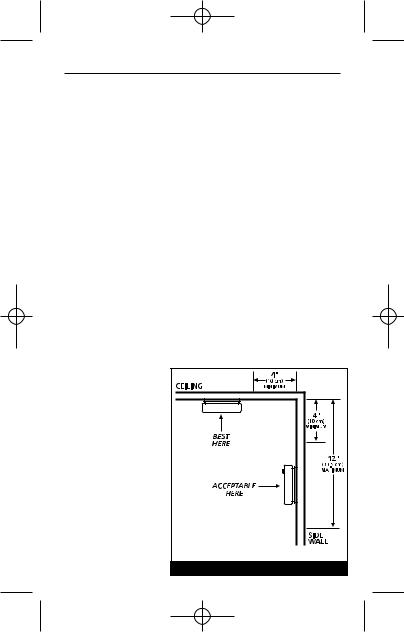
1210-7201-01(i12010S)_V3.qxd:_ 2014.2.20 3:19 PM Page
Installation Instructions
Step 1
Installation Guide:
IMPORTANT: THIS ALARM MUST BE MOUNTED ON A CEILING OR WALL. IT WAS NOT DESIGNED FOR USE AS A TABLETOP DEVICE! INSTALL ONLY AS DETAILED!
A. Recommended Installation Locations:
Kidde Safety recommends the installation of a Smoke Alarm in the following locations. For maximum protection we suggest an alarm be installed on each level of a multilevel home, including every bedroom, hallways, finished attics and basements. Put alarms at both ends of bedroom, hallway or large room if hallway or room is more than 30 ft (9.1m) long. If you have only one alarm, ensure it is placed in the hallway outside of the main sleeping area, or in the main bedroom. Verify the alarm can be heard in all sleeping areas.
Locate an alarm in every room where someone sleeps with the door closed. The closed door may prevent an alarm not located in that room from waking the sleeper. Smoke, heat and combustion products rise to the ceiling and spread horizontally. Mounting the alarm on the ceiling in the center of the room places it closest to all points in the room. Ceiling mounting is preferred in ordinary
residential construction. When mounting an
alarm on the ceiling, locate it at a minimum
of 4” (10cm) from the side wall (see figure 1). If installing the alarm on
the wall, use an inside wall with the top edge of the alarm at a minimum
of 4” (10cm) and a maximum of 12”
(30.5cm) below the ceiling (see figure 1).
6 |
FIGURE 1 |
|
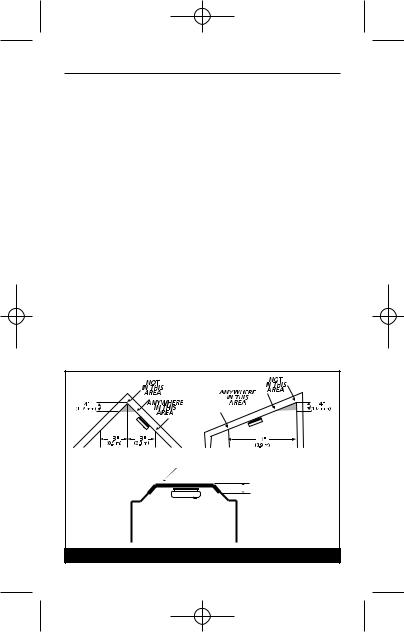
1210-7201-01(i12010S)_V3.qxd:_ 2014.2.20 3:19 PM Page
Installation Instructions
Sloped Ceiling Installation:
The following information is from the National Fire Protection Association and is listed in Fire Code 72.
Install Smoke Alarms on sloped, peaked or cathedral ceilings at, or within 3 ft (0.9m) of the highest point (measured horizontally). NFPA 72 states “Smoke alarms in rooms with ceiling slopes greater than 1 ft to 8 ft (.3 m-2.4 m) horizontally shall be located on the high side of the room”.
NFPA 72 states “A row of alarms shall be spaced and located within 3 ft (0.9 m) of the peak of the ceiling measured horizontally” (see figure 2).
Install Smoke Alarms on tray-shaped ceilings (coffered ceilings) on the highest portion of the ceiling or on the sloped portion of the ceiling within 30.5 cm (12”) vertically down from the highest point (see figure 2).
Mobile Homes:
Modern mobile homes have been designed and built to be energy efficient. Install Smoke alarms as recommended above (refer to Recommended Installation Instructions and figure 1). In older mobile homes that are not well insulated, extreme heat or cold can be transferred from the outside to the inside
ANYWHERE IN |
THIS AREA |
30 cm (12”) |
FIGURE 2
7
